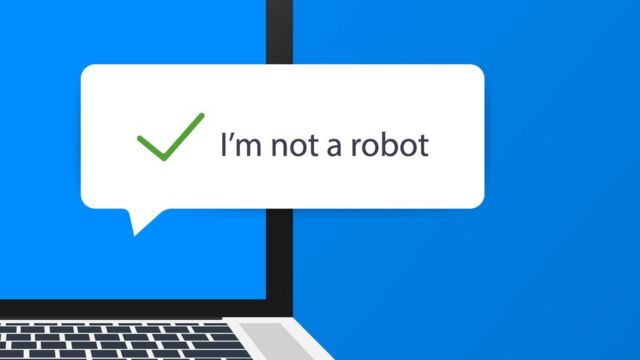Dealing with CAPTCHAs (Completely Automated Public Turing test to tell Computers and Humans Apart) and other bot detection mechanisms can be a challenge when performing data extraction or scraping tasks. These mechanisms are designed to prevent automated access and ensure that only human users interact with websites or APIs. Here are some strategies to handle these challenges:
- Analyze the CAPTCHA or Bot Detection Mechanism:
Understanding the specific CAPTCHA or bot detection mechanism employed by the website or API is crucial. Analyze the type of CAPTCHA being used, such as image-based CAPTCHAs, text-based CAPTCHAs, or reCAPTCHA, and assess its complexity and effectiveness. This knowledge will help you determine the most appropriate approach to tackle it. - Utilize CAPTCHA Solving Services:
CAPTCHA solving services, also known as CAPTCHA bypass services, provide APIs or software tools that automatically solve CAPTCHAs on your behalf. These services employ advanced algorithms and image recognition techniques to bypass CAPTCHA challenges. Examples of popular CAPTCHA solving services include AntiCaptcha, 2Captcha, and DeathByCaptcha. However, keep in mind that using CAPTCHA solving services may incur additional costs. - Implement CAPTCHA Solving Techniques:
If you prefer to handle CAPTCHAs internally without relying on external services, you can explore various techniques to solve CAPTCHAs programmatically. Some approaches include:- Optical Character Recognition (OCR): Implement OCR algorithms to extract text from image-based CAPTCHAs. You can use libraries like Tesseract OCR or implement your own image processing and character recognition algorithms.
- Machine Learning: Train machine learning models to recognize and solve CAPTCHAs. This approach involves collecting a dataset of CAPTCHA images and corresponding labels, and then training a model to classify and solve them. Techniques such as convolutional neural networks (CNNs) are commonly used for this purpose.
- Human Interaction: Some CAPTCHAs require human interaction, such as selecting specific images or solving puzzles. In such cases, you may need to integrate mechanisms that prompt actual human users to interact with the CAPTCHA, either manually or through a user interface.
- Rotate IP Addresses and User Agents:
Websites and APIs often employ IP address and user agent analysis to detect automated scraping activities. To bypass these detection mechanisms, you can rotate IP addresses by using proxy servers or VPNs (Virtual Private Networks). Additionally, regularly changing the user agent string in your HTTP requests can help simulate different browsers and human-like interactions. - Use Delay and Randomization:
To mimic human behavior and avoid triggering bot detection mechanisms, introduce delays and randomization in your scraping process. Randomize the timing between requests, simulate mouse movements, and vary the order and frequency of interactions with the target website or API. - Respect Terms of Service and Legal Considerations:
Before performing any data extraction or scraping activities, ensure that you review and comply with the terms of service and legal guidelines provided by the website or API. Respect rate limits, follow robots.txt directives, and avoid excessive or abusive scraping that may lead to IP blocking or legal consequences.
It’s important to note that while these techniques may help overcome CAPTCHAs and bot detection mechanisms, they may not be foolproof. Websites and APIs continuously evolve their detection methods, so it’s crucial to stay updated and adapt your scraping strategies accordingly.
Remember to always approach data extraction and scraping tasks ethically, respecting the target website’s policies and terms of service.
